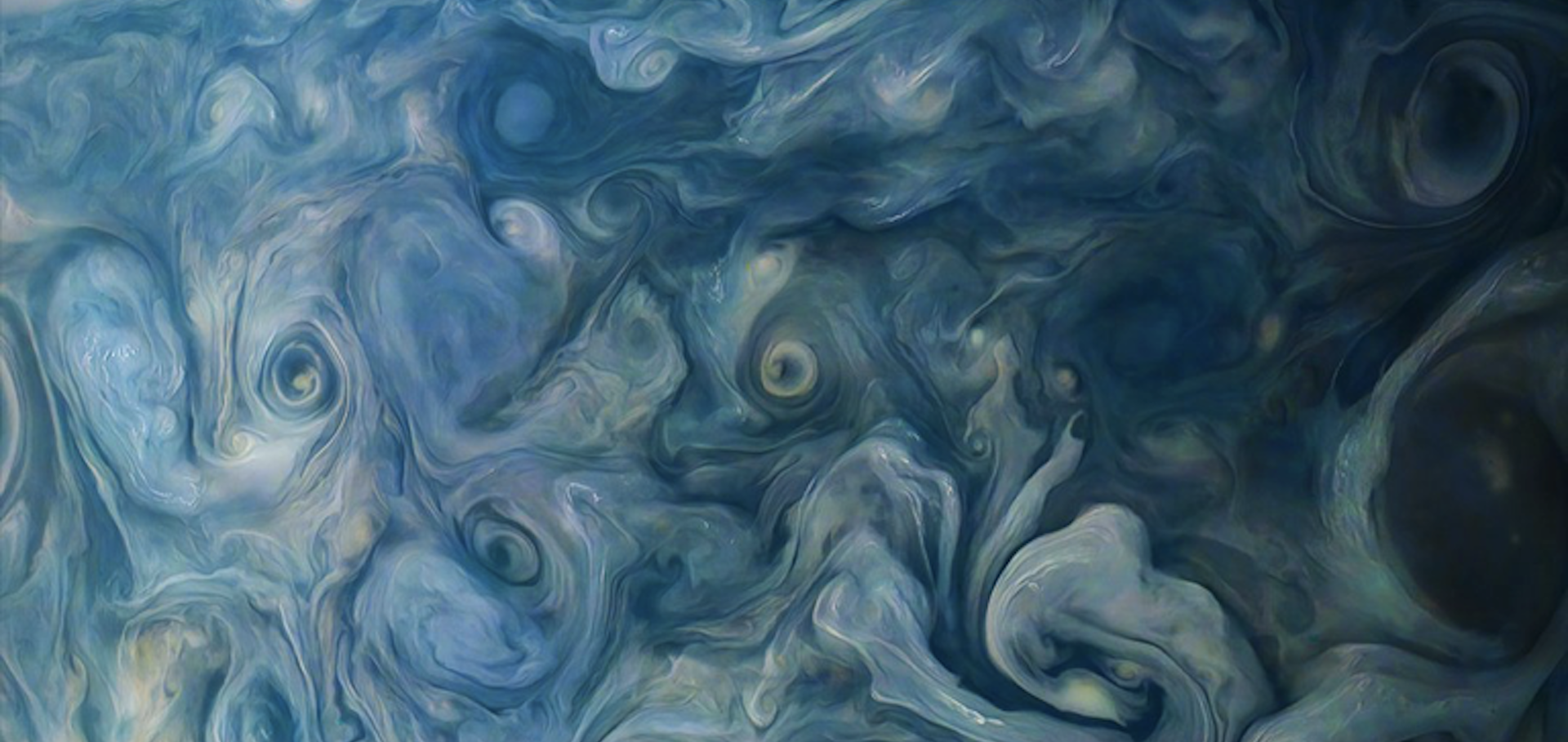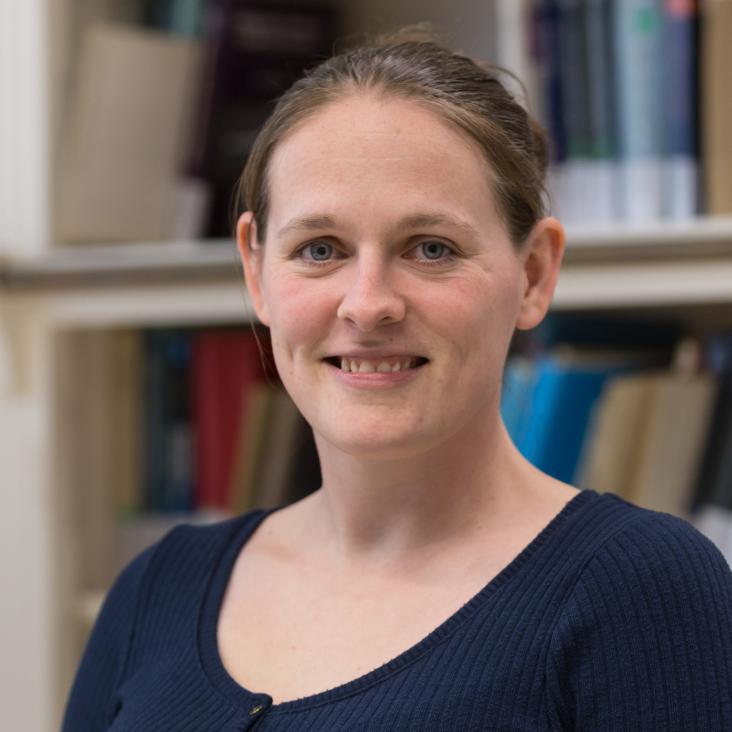Applications of a Gaussian process framework for modelling of high-resolution exoplanet spectra
Monthly Notices of the Royal Astronomical Society Oxford University Press 512:2 (2022) 2604-2617
Authors:
Annabella Meech, Suzanne Aigrain, Matteo Brogi, Jayne L Birkby
Abstract:
Observations of exoplanet atmospheres in high resolution have the potential to resolve individual planetary absorption lines, despite the issues associated with ground-based observations. The removal of contaminating stellar and telluric absorption features is one of the most sensitive steps required to reveal the planetary spectrum and, while many different detrending methods exist, it remains difficult to directly compare the performance and efficacy of these methods. Additionally, though the standard cross-correlation method enables robust detection of specific atmospheric species, it only probes for features that are expected a priori. Here, we present a novel methodology using Gaussian process (GP) regression to directly model the components of high-resolution spectra, which partially addresses these issues. We use two archival CRyogenic Infra-Red Echelle Spectrograph (CRIRES)/Very Large Telescope (VLT) data sets as test cases, observations of the hot Jupiters HD 189733 b and 51 Pegasi b, recovering injected signals with average line contrast ratios of ∼4.37 × 10-3 and ∼1.39 × 10-3, and planet radial velocities ΔKp = 1.45 ± 1.53 km s-1 and ΔKp = 0.12 ± 0.12 km s-1 from the injection velocities, respectively. In addition, we demonstrate an application of the GP method to assess the impact of the detrending process on the planetary spectrum, by implementing injection-recovery tests. We show that standard detrending methods used in the literature negatively affect the amplitudes of absorption features in particular, which has the potential to render retrieval analyses inaccurate. Finally, we discuss possible limiting factors for the non-detections using this method, likely to be remedied by higher signal-to-noise data.


